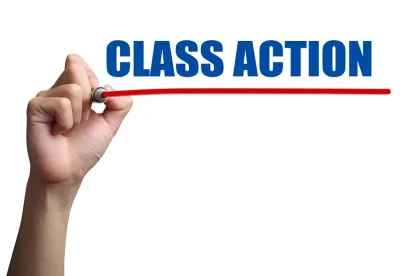On November 15, the Eleventh Circuit decided Cordoba v. DirecTV, LLC, further exploring the issue of when class actions achieve Article III standing. The plaintiffs alleged that DirecTV and the company with which it contracted for telemarketing services, Telecel Marketing Solutions Inc., violated the FCC regulation that requires telemarketers to maintain an internal do not call list. The class consisted of people who allegedly were repeatedly contacted despite informing Telecel that they did not wish to be solicited further. The district court certified the class but the Eleventh Circuit reversed.
Article III standing requires the plaintiff to prove three things: (1) the plaintiff suffered an “injury in fact” that is “concrete and particularized” and “actual or imminent”; (2) the injury is “fairly traceable to the challenged action of the defendant”; and (3) it is “likely . . . that the injury will be redressed by a favorable decision.” DirecTV argued that the class members who did not request Telecel to stop calling them could not satisfy the first two prongs.
First, DirecTV claimed that the absent class members had no “injury in fact.” The Eleventh Circuit disagreed, noting that Congress identified telemarketing as an intrusive invasion of privacy, and thereby suggesting that it was a concrete injury, and compared this case to its prior decisions in Florence Endocrine Clinic, PLLC v. Arriva Medical, LLC and Salcedo v. Hanna. In Florence Endocrine, the plaintiffs had standing because a “fax machine is occupied while the unsolicited fax is being sent and the plaintiff must shoulder the cost of printing the unsolicited fax.” In Salcedo, the court found the opposite, holding that a single unsolicited text message was not a concrete injury because it does not occupy the device for a period of time and does not have the same intrusion on privacy. In Cordoba, the court held that a phone call was more intrusive than a text message and a fax because it requires “immediate attention,” and the recipient of the call must “bear the cost of telephone minutes.” Thus, the plaintiffs satisfied this prong.
Second, DirecTV claimed that the absent class members failed to meet the traceability prong. The court agreed, explaining that the named plaintiff met the traceability requirement but the class members who did not ask Telecel to call them again could not meet it. This was because it did not make a difference whether Telecel followed the FCC regulation as those class members never made the request not to be called. Accordingly, the court held that their injuries could not be “fairly traceable to the challenged action of the defendant.”
Next, the court examined the ramifications the lack of standing had on the class certification analysis. In class actions, only the named plaintiff must satisfy Article III standing, and Cordoba did. However, the court pointed to the predominance issue — that common issues of fact and law predominate if they have a direct impact on every class member’s effort to establish liability and relief — noting that because the class includes members who did not have standing, the predominance issue becomes individualized. This means that each class member would need to prove that he or she contacted Telecel and requested not to be called again. Because certain class members lack standing precisely because they did not make this request, “individualized questions may predominate over common issues susceptible to class-wide proof.” Class certification depends on whether “most class members made these requests.” With this decision, the Eleventh Circuit indicated that when certifying class actions in the future, courts should ensure that a majority of the class members can prove a similar injury has occurred out of similar circumstances for each plaintiff.




 />i
/>i
